I have got a analog signal (from pH probe) that include some unwanted AC noise. The noise is about to 0.5 mV.
I want to use passive RC low-pass filter but I'm not sure which frequency that I need to pass. When I use 100 nF cap. and 100 kOhm resistor (it means it allows below approximately 15 HZ ?) in front of ADC, I see some offset voltage around 150 mV.
How can I decide the frequency of the noise or frequencies that need to be allowed?
Also do passive RC low-pass filters always put some offset voltage to the signal?
